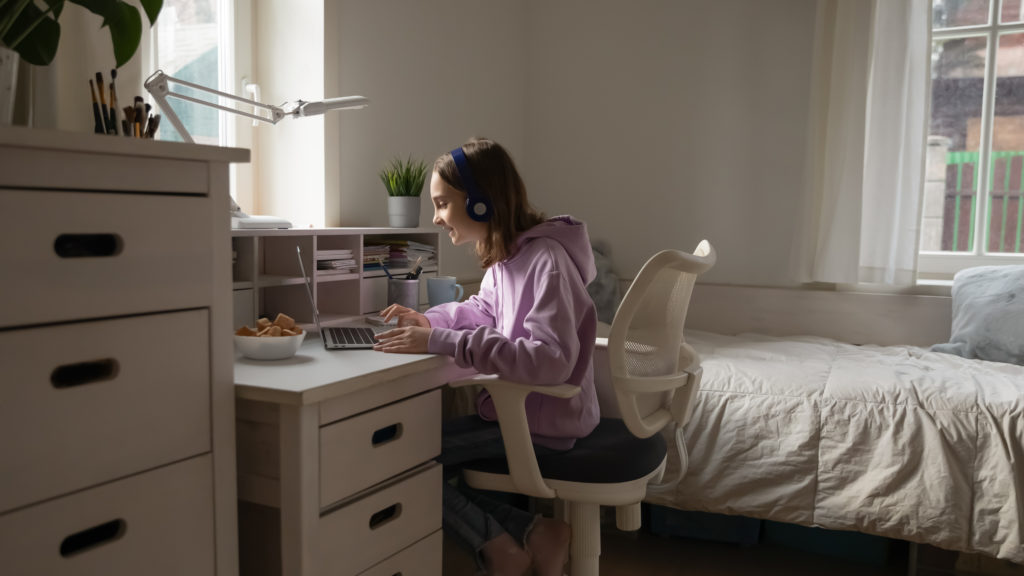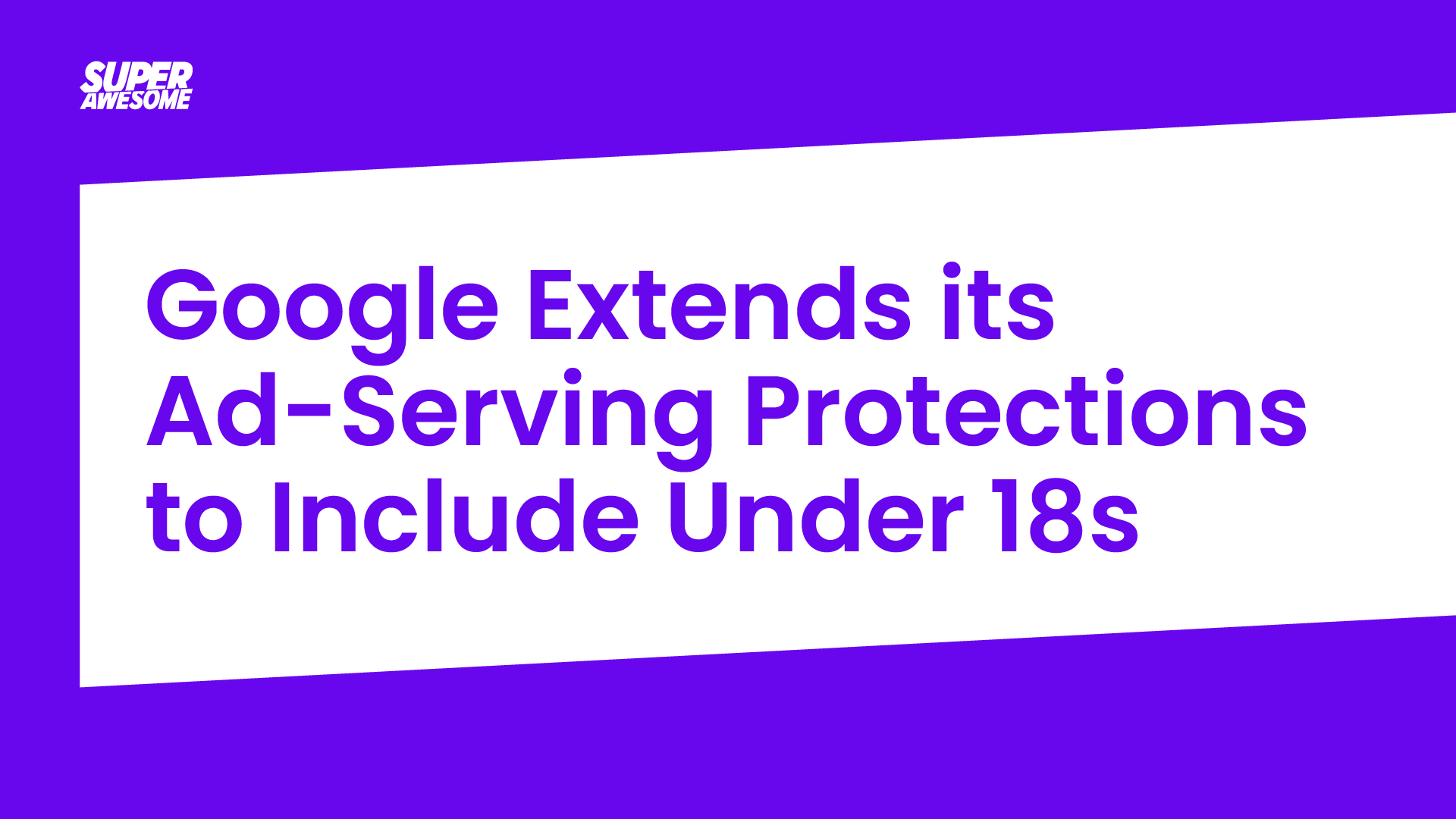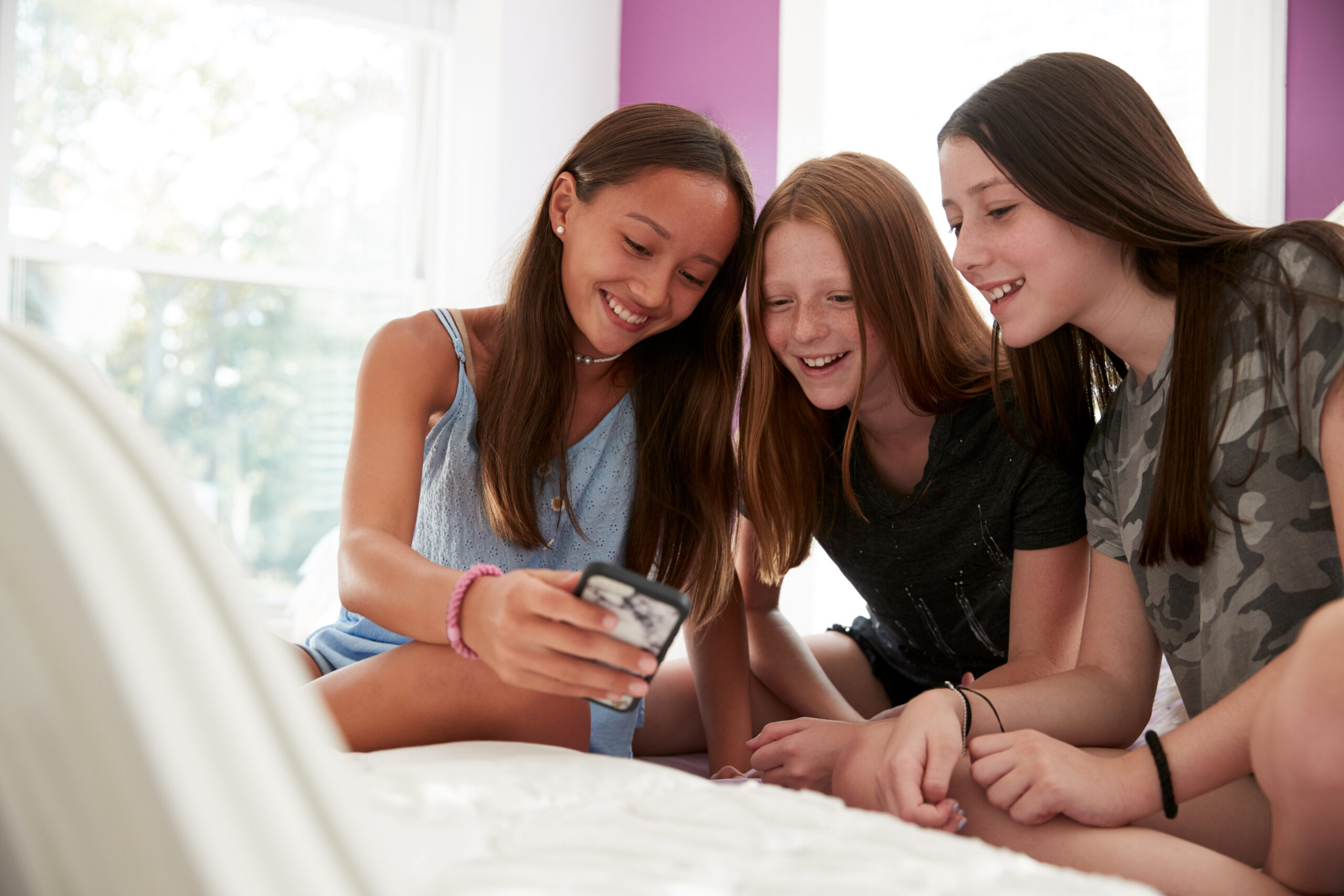Young Teens seek out authenticity and relevance when engaging with brands on the internet. Brands must meet these audiences where they are, including YouTube, TikTok, Instagram & Snapchat. In 2021, the most popular genre of content with teens on YouTube was gaming (49%), edging out tutorials, pranks, and challenge videos. Additionally, a typical YouTube session for Young Teens is packed with different types of content. Just over 25% of Young Teens watch between six and ten videos in a sitting and almost half (47%) watch 21 to 50 videos per sitting.1
Typically, YouTube is seen as the optimal platform given its scale with teens and its sophisticated video ad products. Brands can use Google’s tools to reach adult audiences. However, when engaging with young people, the rules and regulations are stricter.
August 2021 saw the introduction of several platform experiences and advertising updates that aimed to protect and enhance Young Teens’ experiences on YouTube Main. To effectively reach Young Teens, brands must have a comprehensive understanding of these policy changes.
Today’s Young Teen YouTube platform experience
“Take a break” and “bedtime reminders” have been enabled on YouTube accounts belonging to 13-17 year olds. Autoplay is also now disabled by default on YouTube Kids and 13-17 year olds YouTube Main accounts, in each case in an effort to encourage healthier screen time. Autoplay can be re-enabled by either the user or parent at their own discretion.
Google has also changed the default upload setting to the most private option available for content creators aged 13-17, which restricts who can see their videos to those who have a direct link to the content. If these content creators wish to monetize their channel, they have the option to disable the default setting so that their videos come up in search results and are visible on their channel homepage. The change in policy doesn’t affect a brand’s ability to partner with teen creators for paid endorsements/branded content: instead, it requires a brand to take a new approach for paid media video placements, which you can learn more about in the next section.
How reaching YouTube users works under the new rules
When users are not signed into a Google account, their information is stored and collected using what is known as a unique identifier, tied to their browser, application or device. When users are signed into a Google account, their online activity is linked to their account information, such as their name and email address (in accordance with Google’s privacy policy).
Google now blocks ad targeting based on the age, gender, or interests of people under 18. Platforms like AdWords haven’t supported 13-17 audience segments for some time, but this update expands this block to all vendors who try to track, collect, or target users under 18 on YouTube Main. In addition, Google is increasing the preventative measures they have in place to ensure age-sensitive ad categories are not being shown to teens.

How to achieve safe digital engagement on YouTube with AwesomeAds for Social
As Google now blocks ad targeting based on the age, gender, or interests of people under 18 brands seeking to effectively reach under 18s should have a contextual advertising solution in place, which places ads solely based on the content of channels, and not based on the behavior or personal data of users.
SuperAwesome has long advocated for advertising solutions which do not collect profiles of children or use children’s data for the purposes of behavioral advertising. SuperAwesome’s YouTube solution, AwesomeAds for Social, is a contextual database of over 45,000 channels, all organized and targetable by gender, age, language, and genre, enabling safer, effective, accurate engagement with younger audiences. It is built on top of 5+ years of proprietary research and insights that inform what youth audiences are doing online, how old they are, what devices they tend to watch/play on, how frequently, etc. These insights power our machine learning models and youth-expert teams that work together to ensure your campaigns run on the most relevant channels to your target audience, without compromising scale or safety.
Brands can also continue to engage teen creators on YouTube. The SuperAwesome Creators team has a strong network of carefully selected creators and manage everything from the content strategy, to contracting talent and managing the production process, to reporting on the effectiveness of the campaign. However, brands should also take note of recent changes to YouTube’s commercial content policy, as well as the need to ensure that YouTube branded content directed at kids is high quality. According to YouTube’s guidelines, for content to be considered high quality, it must promote at least one of the following principles: being a good person, inspiring learning and curiosity, creativity and a sense of imagination, interaction with real-world issues, and diversity, equity, and inclusion.
To ensure that YouTube branded content aimed at young audiences is regarded as high quality, SuperAwesome recommends that brands carefully select talent capable of creating enriching content to teach, entertain, and inspire kids. Additionally, brands should avoid focusing on product elements, showcasing product packaging, and the promotion of excessive consumerism and product accumulation. Instead, products should be featured as part of a storyline in order to foster a safe, positive, and engaging digital environment for children.
Staying on top of policy changes is no easy task, especially when your brand is trying to safely engage with Young Teens on YouTube. AwesomeAds for Social and SuperAwesome Creators can not only guide you and your brand through how to reach your target audience effectively, but also help you partner with appropriate creators who will produce high quality content for your audience.
1. SuperAwesome Bespoke Research — Platform Engagement Study; BASE: n = 250 US-based 13-15-year-olds and their parents. December 2021 – January 2022.



